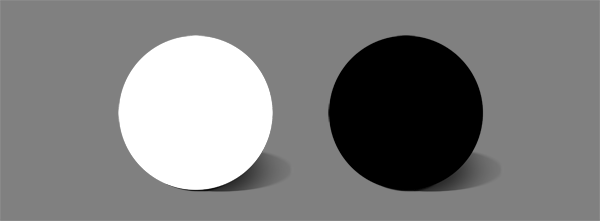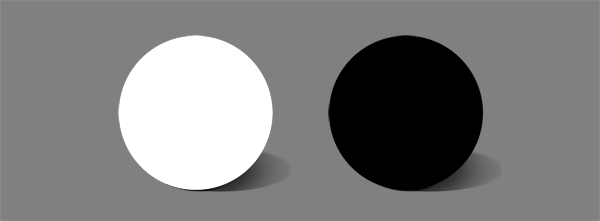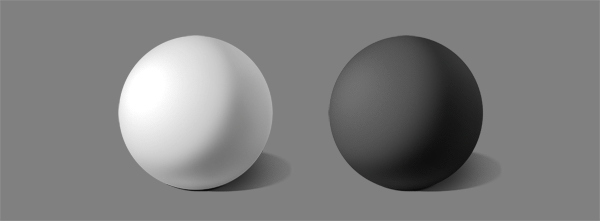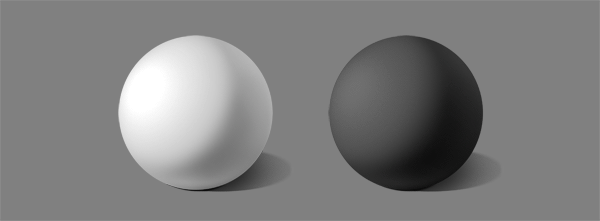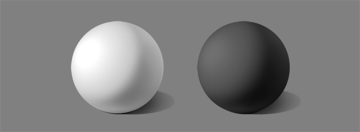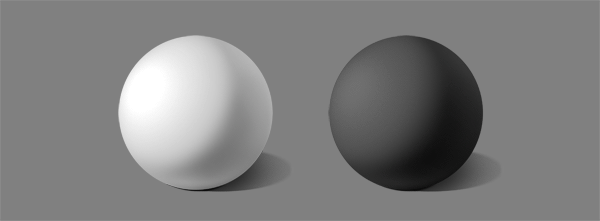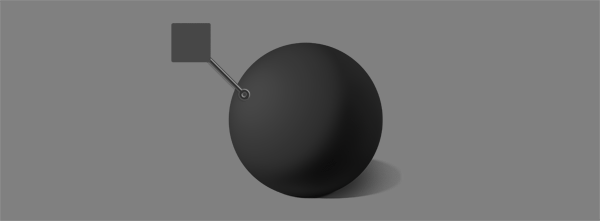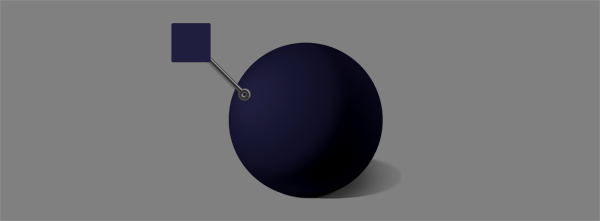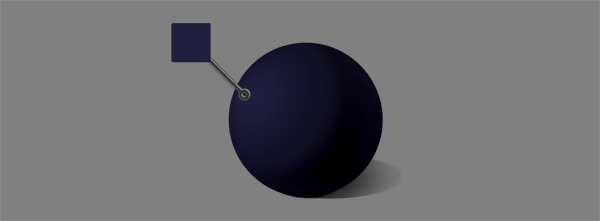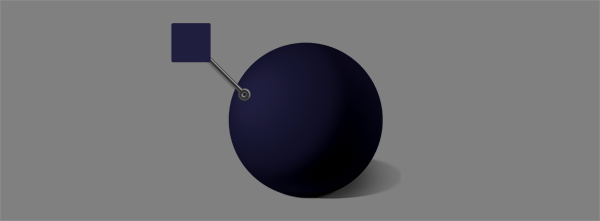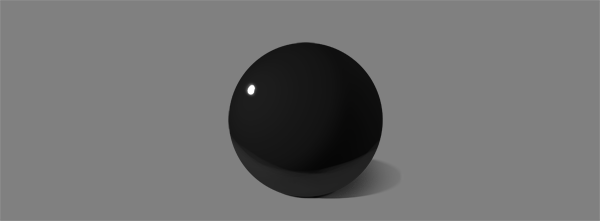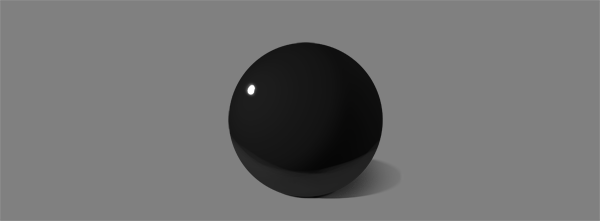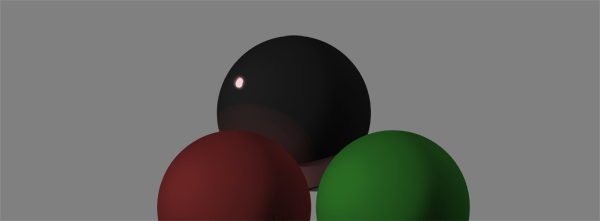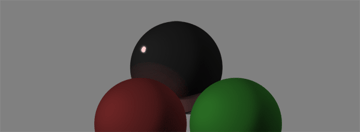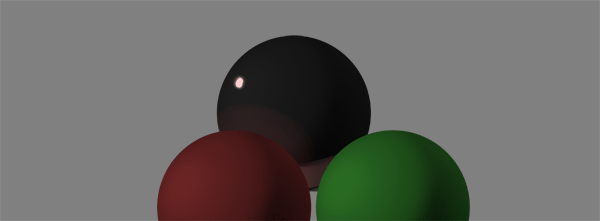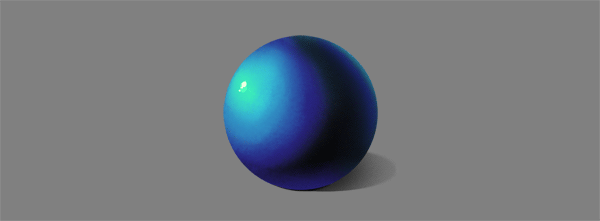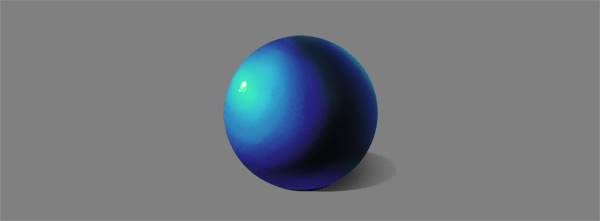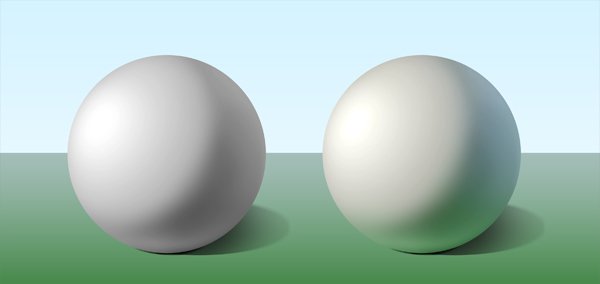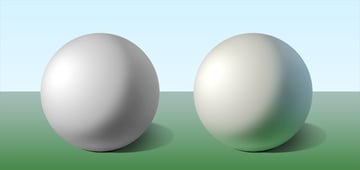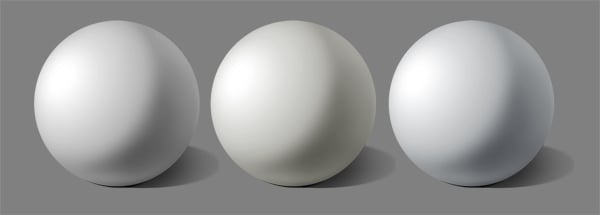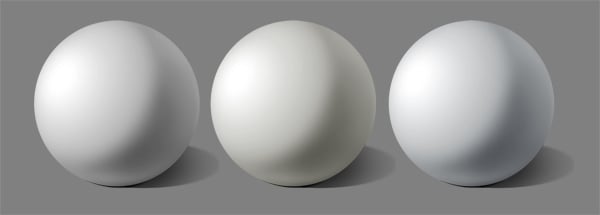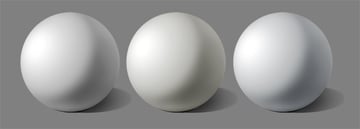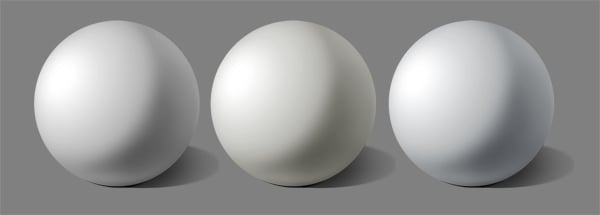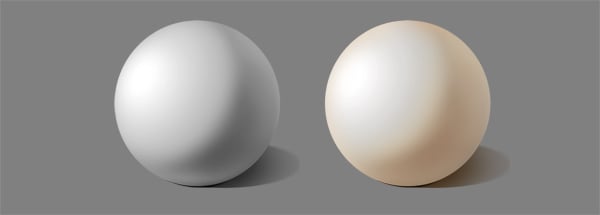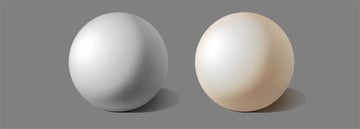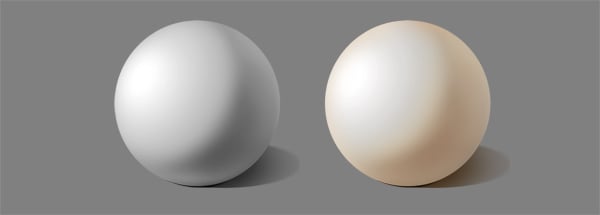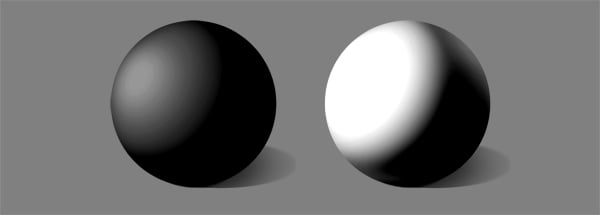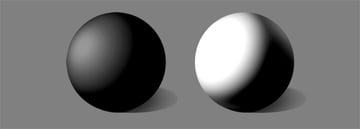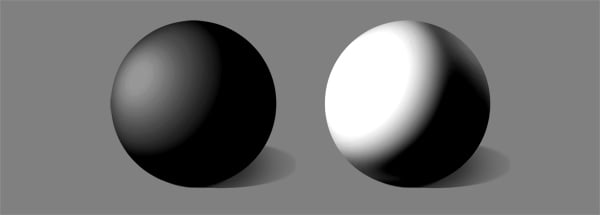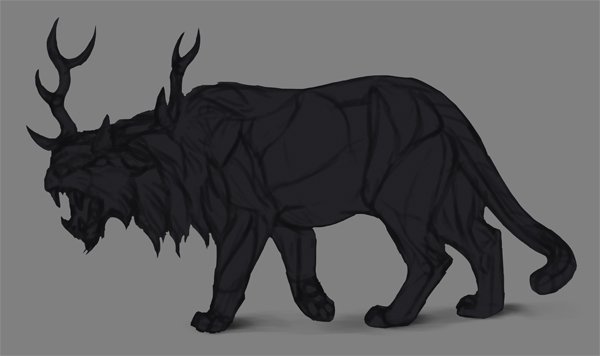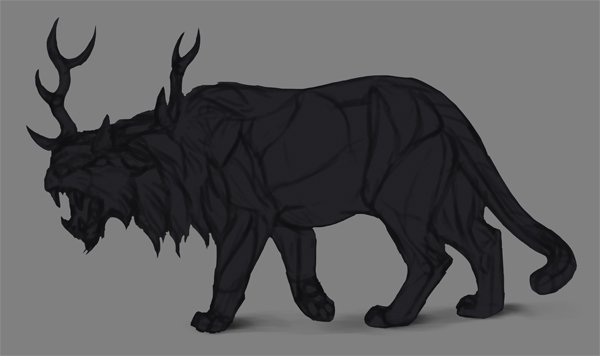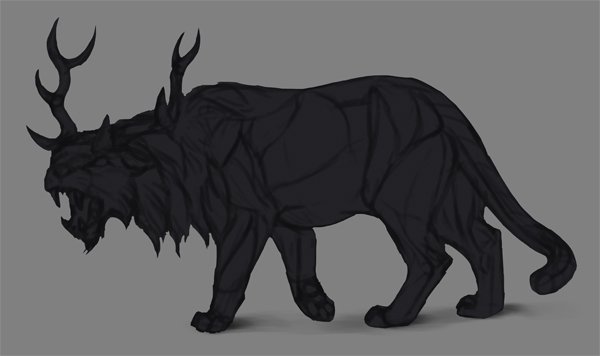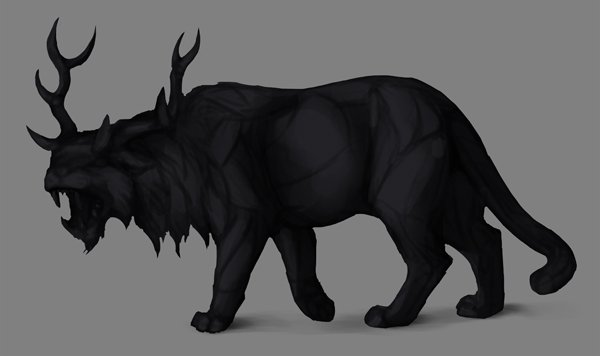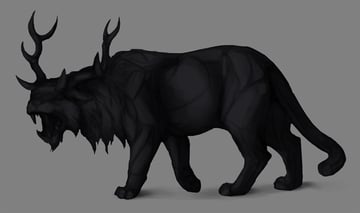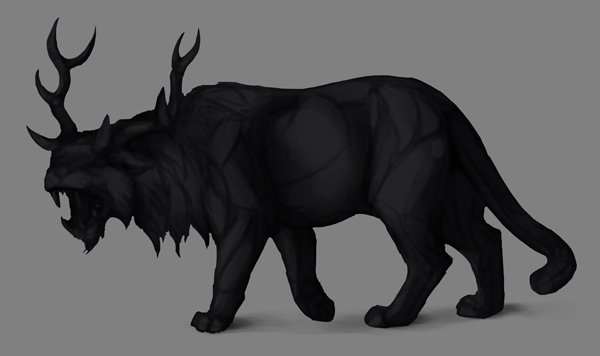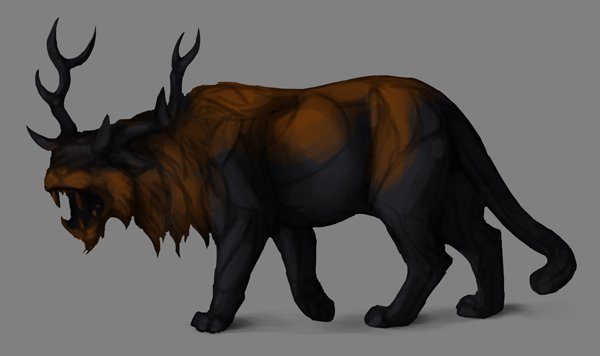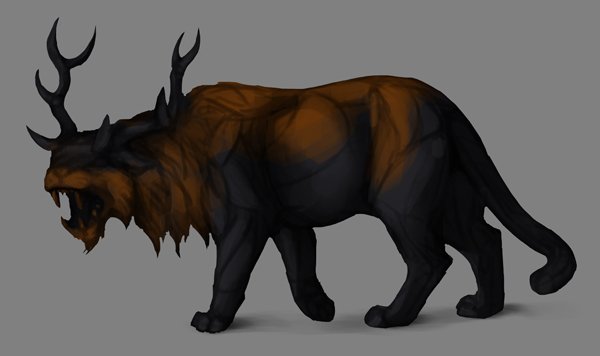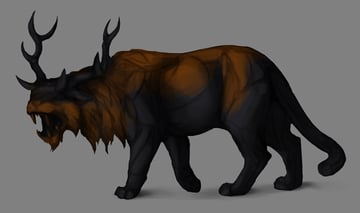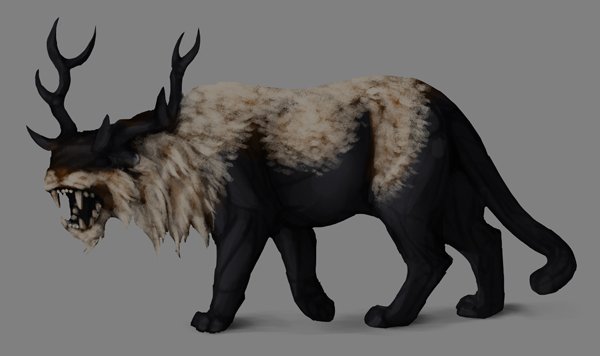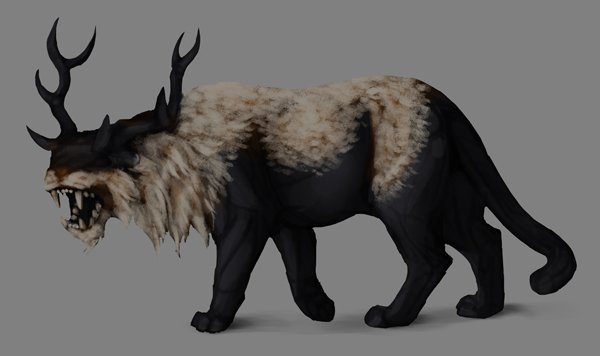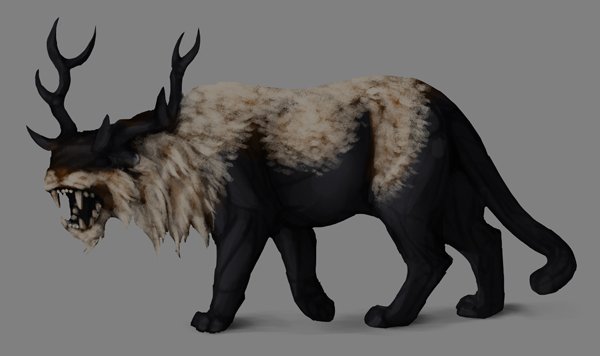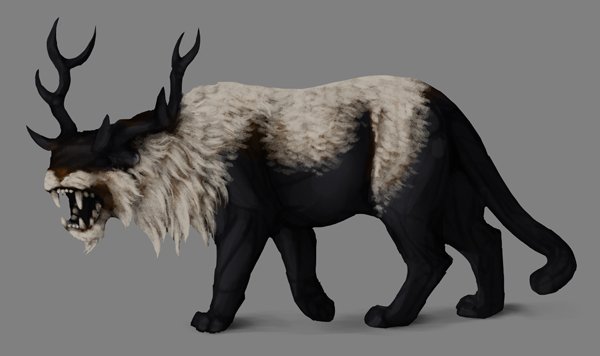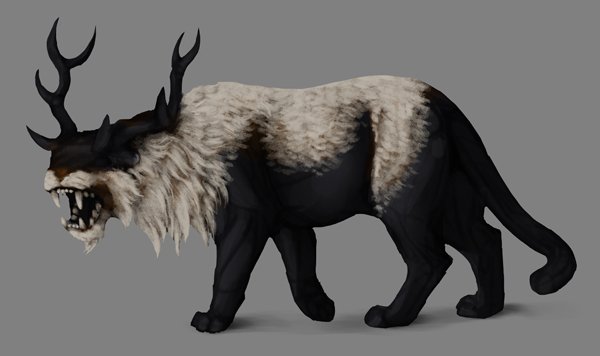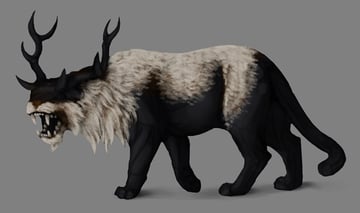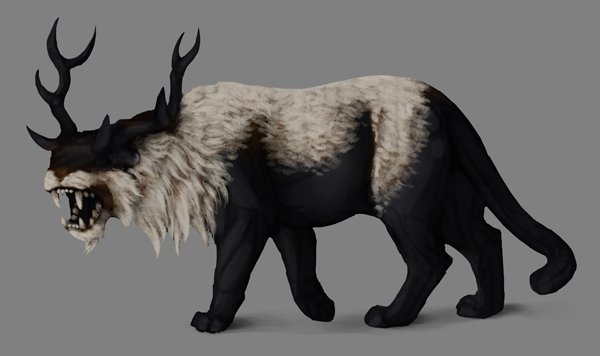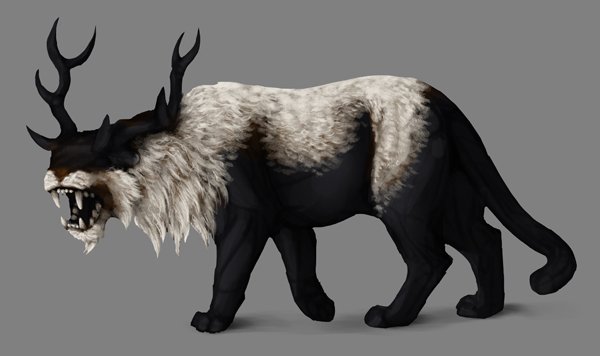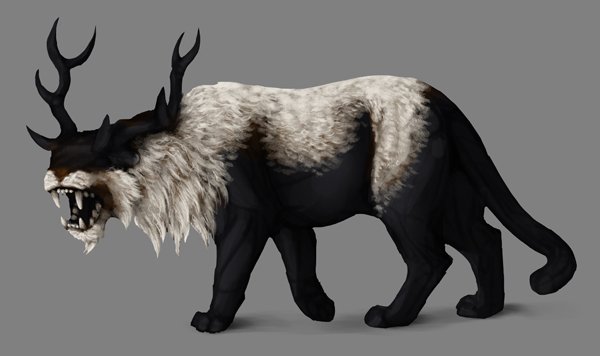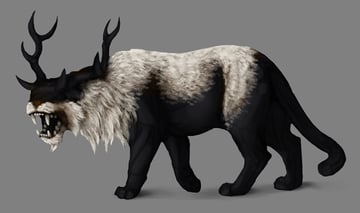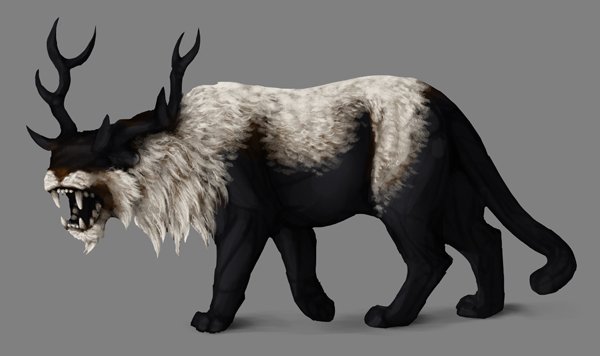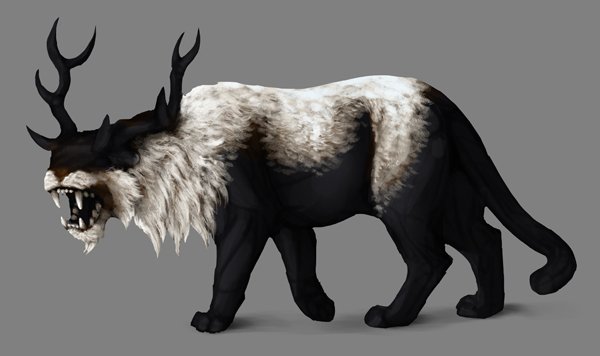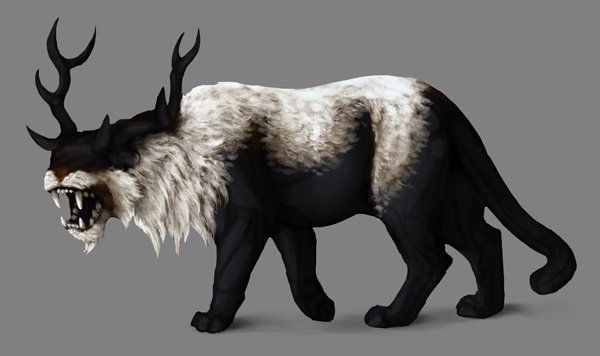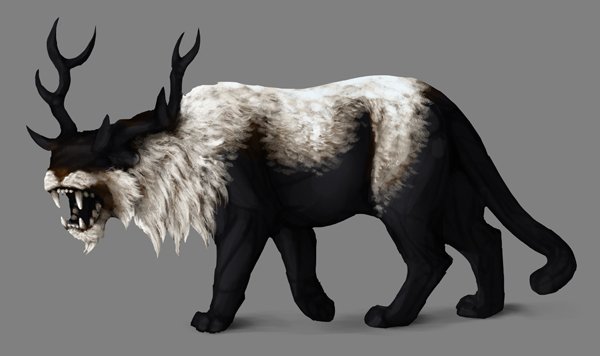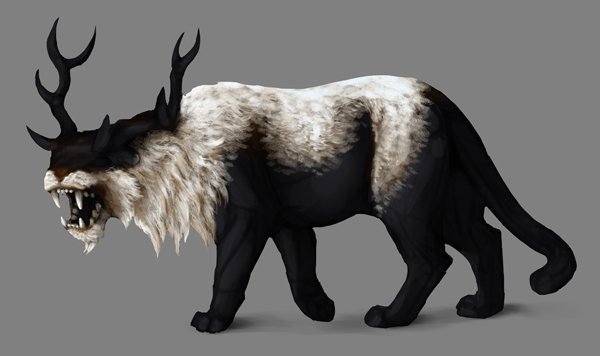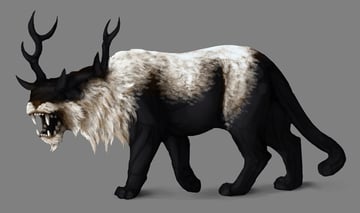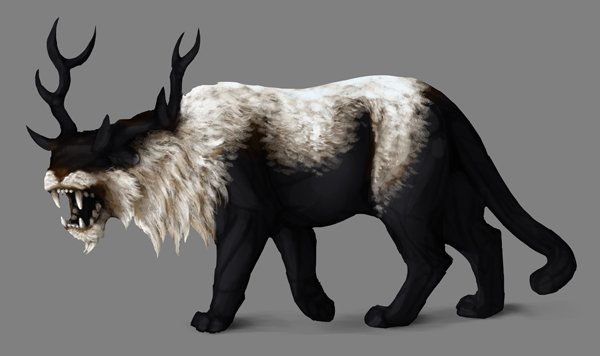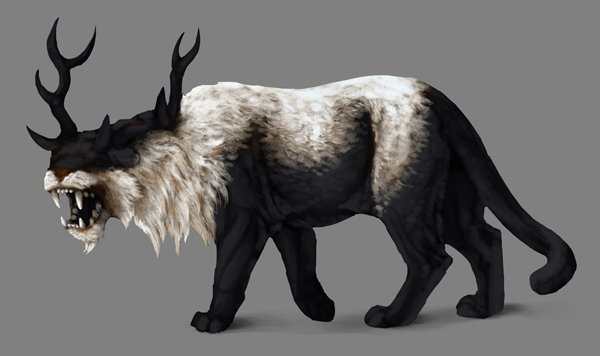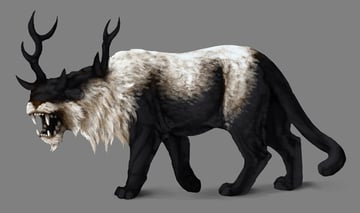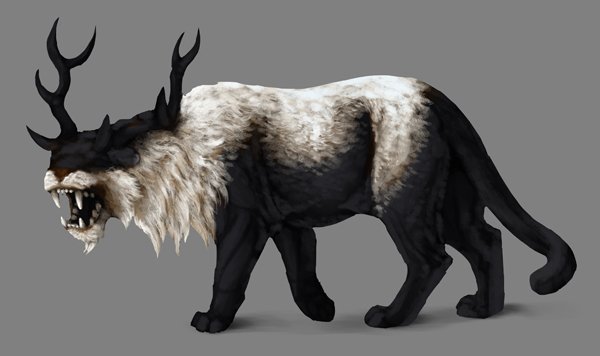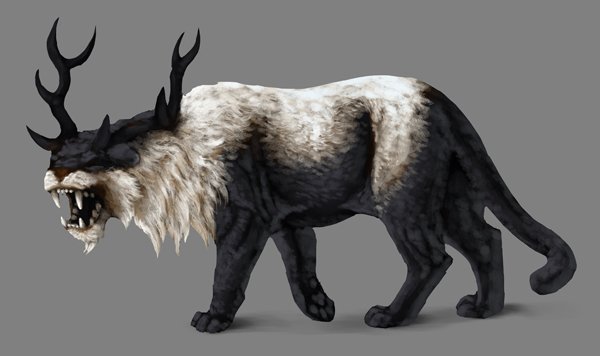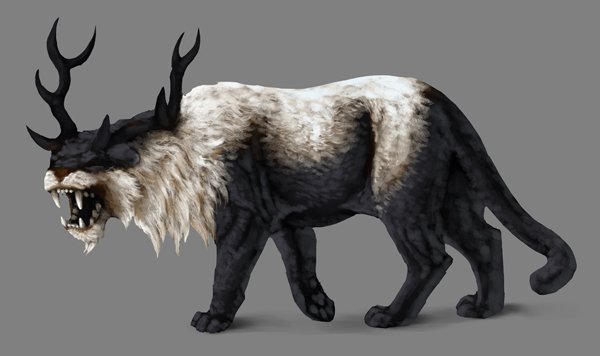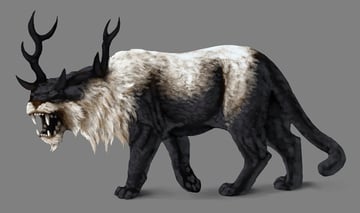How To Shade Black And White Realistically In Digital Painting
Shading with colors is not an easy thing. All those hues with different saturations and brightnesses can make you dizzy! Black and white, in this case, should be much less complicated, but that’s not true at all. If you want to learn how to shade very dark and very bright objects, especially in terms of living creatures and realistic lighting, keep on reading!
A Little Bit of Theory
Contents
As you have probably heard, white objects are capable of reflecting all the light hitting them. Black objects, on the other hand, are unable to reflect any light at all. But if it were that simple, we wouldn’t need to shade these objects at all! A white ball would look like a white circle, and the same with a black ball.Reading: how to shade black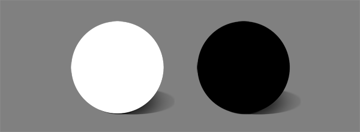
The Secret of Black
The premise of form-emphasizing shading is that an object is hit by various amounts of light depending on how each part is located towards the light source. The more light hits the area, we think, the brighter it looks. Therefore, we make the black ball black in the shadow, and then we make it gradually brighter as it’s touched by light.However, it’s not really about light hitting the area—it’s about how the area reflects it back to our eyes! And since black doesn’t reflect anything at all, it can’t reflect more light as it gets illuminated. If something becomes gray in light it means it was already gray!The general rule is that perfect, 100% bright and pure light reveals the “true” color of the object. When light isn’t that good, or it can’t hit a part of the object, the color gets distorted. The true color of black is… black. It doesn’t reflect anything, so it doesn’t care about the amount of light hitting it (or not).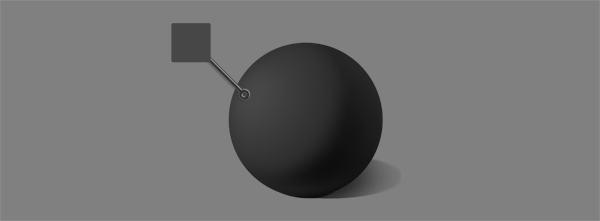
How Do We See Black?
The truth is we don’t. That’s the definition of black—we can’t see it. However, none of the objects we observe on a daily basis is truly black. Dark surfaces usually reflect 15-20% of light, but they still do it. This dim light is what we see when looking at a dark object.There are a few ways that let us see “black” objects:Diffuse ReflectionThis is the most basic one, but it’s not the most popular in the case of dark surfaces. It applies to situations where the object is dark even in full light, but it still has certain hue and saturation.To achieve this effect, first define the brightest version of this color. Then you can shade it normally, bringing it to almost black in the shadow, but not any brighter than that base in the light. Don’t compare it to more contrasting elements of the picture. If a material is supposed to be dark, make it dark!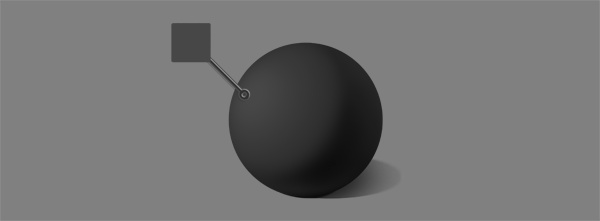
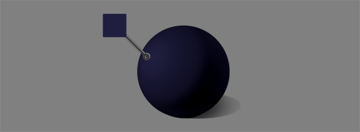
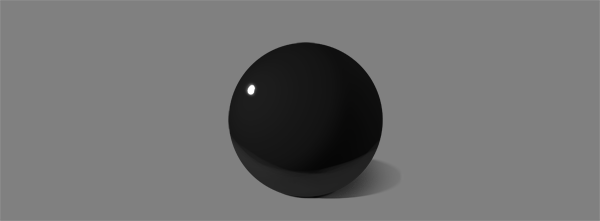
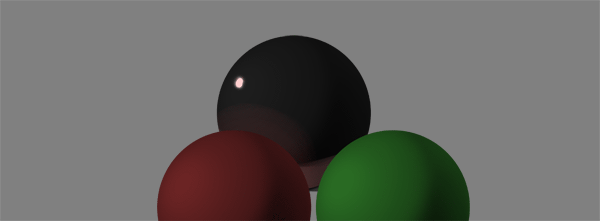
The Colors of White
All the previous tricks can be used here as well, but white brings us other problems. How dark can white be in the shadow? And how is a shaded white ball different from a shaded gray ball?White is so hard to paint because we know it should be bright, but at the same time we want to shade it to give it a 3D form. Is there any compromise?
The Colors of the Environment
White reflects everything that can be reflected. In perfect shadow, white is black, because there’s nothing it can reflect. However, in most pictures, perfect shadow occurs only in the crevices. Anywhere else, ambient light is present, filling and brightening the shadows subtly.This ambient light, no matter how weak, is always perfectly reflected by white materials. If that light is only 10% bright, a blue material may reflect 3% of it, while a white material will reflect it all. Therefore, it will always look brighter in the shadow than any other color.The tricky part is that white reflects all the colors, even if they’re not emitted by a very strong light. Therefore, white is rarely white, or even gray. Put it on grass, under the sky, and it will be covered with a green-blue gradient, with the white part only visible in the highlight area.
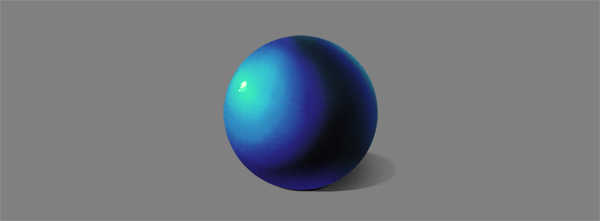
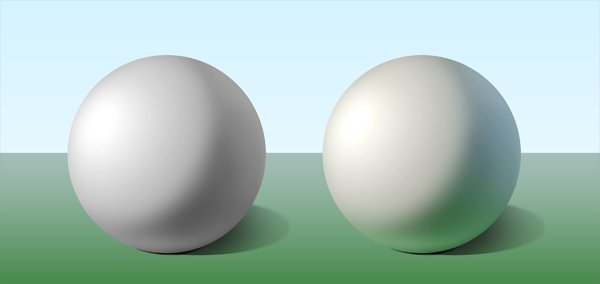
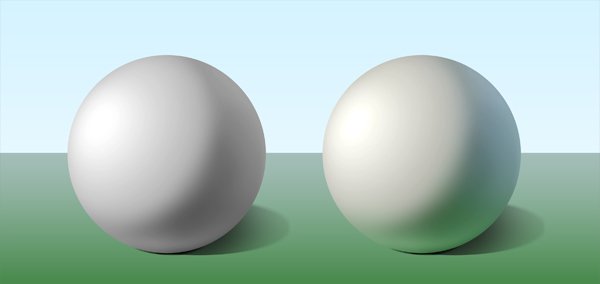
Subsurface Scattering (SSS)
It’s not always true that white reflects everything. Some white materials are translucent—the light comes into them, but instead of being absorbed, it gets reflected inside the object, making it bright under the surface.This light isn’t brighter than the one reflected directly, but it does magic to parts in the shadow—it increases their saturation and shifts their hue toward the color of the light. It is especially useful for white organic materials. It’s the reason for the subtle difference between them and plastic of the same color. Even white fur uses this effect!To create this effect, don’t use a darker version of warm/cool white for the shadow. Instead, make it overly saturated and relatively bright (especially in the terminator area), with the temperature of the light.
Over- and Underexposure
There is one more aspect of shading black and white. It applies mostly to what cameras show to us, but our eyes aren’t immune to it, either. When a lot of very strong light is present, the midtones of shading are literally murdered, consumed by the growing highlight area. When this happens, even black can be shaded with white!Another side of the same situation is when there’s not enough light. Highlights disappear, and shadows consume bigger areas. In this case, white can be shaded with black.Both these situations are generally not desired in photography, because they kill details. It’s characteristic for over-exposed pictures that they have big areas of white shades, and it’s the same with under-exposure and black. So if you find this in your picture, this is a sign you’ve got something to fix!
A Practical Example
Read more: how to attach rim joist to top plateLet’s see a quick example of using this theory in practice (you can download this file in the right sidebar).I’ve sketched the creature, and then added lighting and base colors. Dark blue is going to be my base for black, and dark orange for white.
Preparation
I’ve sketched the creature, and then painted a base for its body—a Clipping Mask for the future layers. Notice that it’s dark, but not black yet.
White Fur
I’ve created a New Layer below the lighting, and painted a base for white patches. Notice it’s not dark white (gray), but dark orange. That’s because I’ve decided to use warm white for the fur.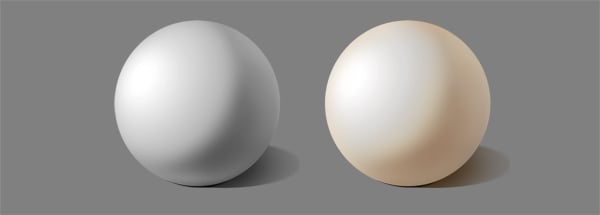
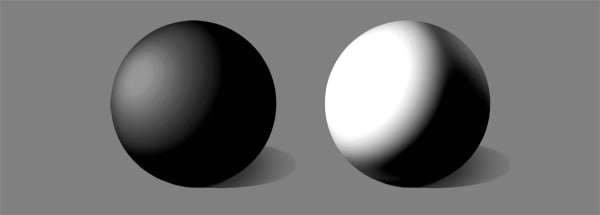
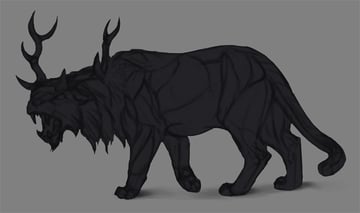
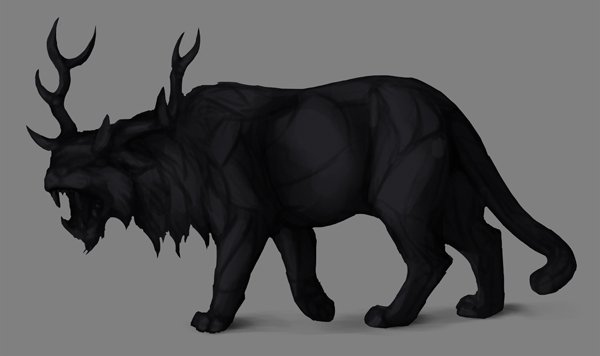
Black
I’ve picked the color of the base with the Eyedropper Tool (I). I’ve increased its Brightness and added very subtle lighting.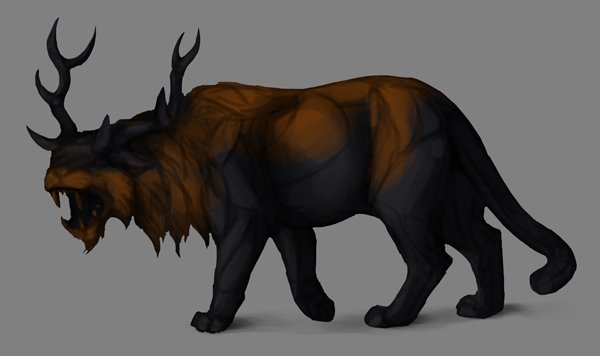
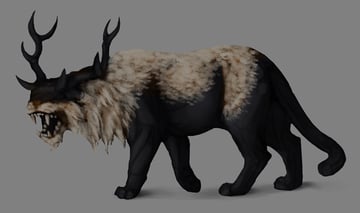
Mix
Horns, antlers and teeth tend to be smoother and brighter at the tips because they’re worn out. That’s why I’ve decided to make a mix of glossy white and matte black for the antlers.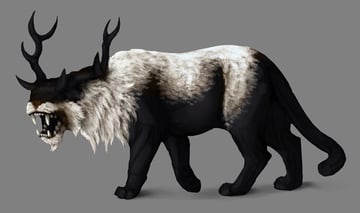
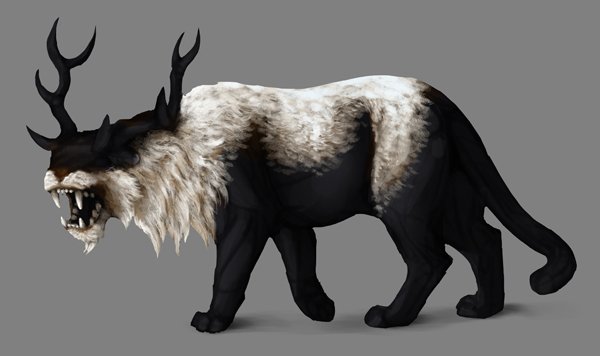
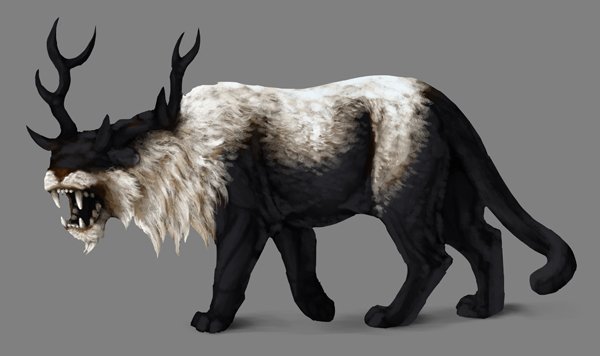
That’s All!
“But it’s not black and white, it’s blue and yellow,” you may say. If you want to see “real” black and white, look down. In nature colors don’t exist as we imagine them. They interact with each other, so they’re never pure. By treating every color as a separate entity you go away from realism, which isn’t bad as such, but if your intention is to paint realistically, you shouldn’t ignore it.Read more: How to build a cactus farm
Last, Wallx.net sent you details about the topic “How To Shade Black And White Realistically In Digital Painting❤️️”.Hope with useful information that the article “How To Shade Black And White Realistically In Digital Painting” It will help readers to be more interested in “How To Shade Black And White Realistically In Digital Painting [ ❤️️❤️️ ]”.
Posts “How To Shade Black And White Realistically In Digital Painting” posted by on 2021-10-25 15:29:06. Thank you for reading the article at wallx.net
